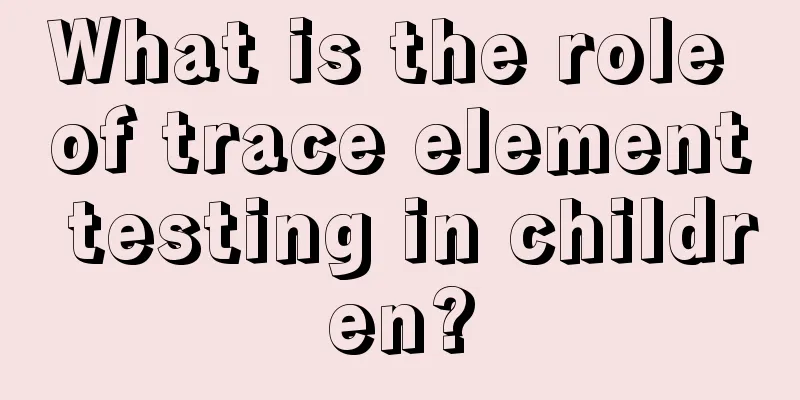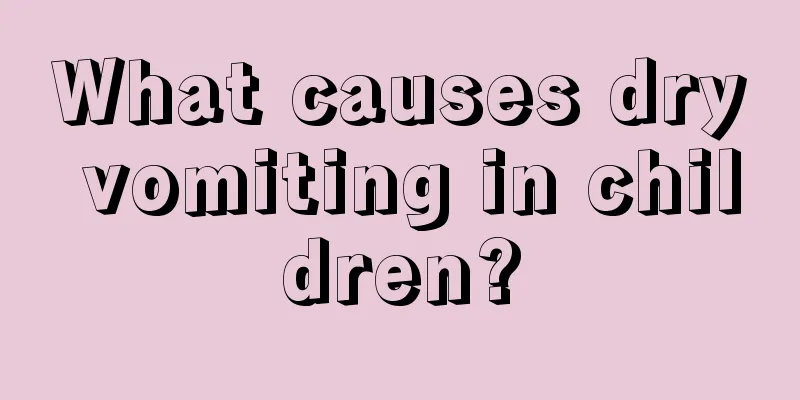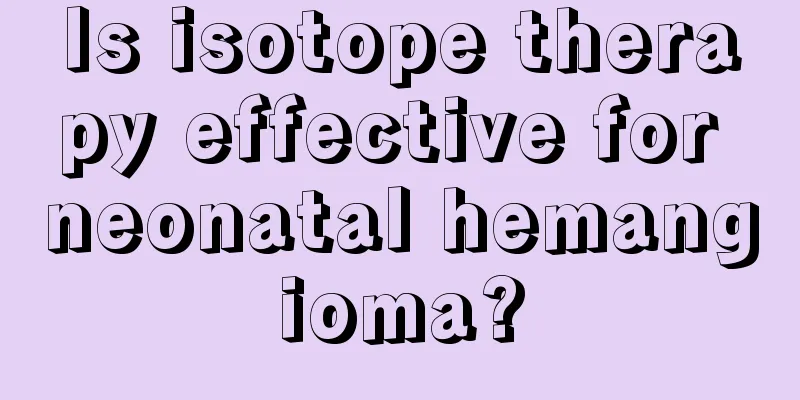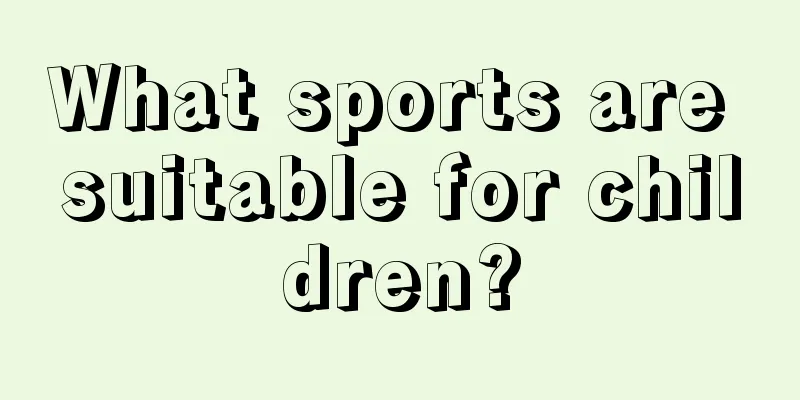When does a child lose his teeth?
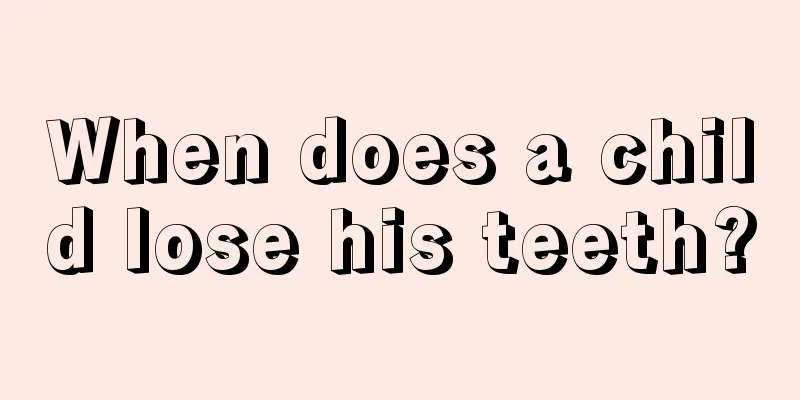
|
We all know that everyone has two opportunities to grow teeth in their lifetime. The first is when the baby's milk teeth grow after more than six months of birth. Then, as the baby grows day by day, the milk teeth will slowly fall out and permanent teeth will begin to grow. However, many parents often find that babies of the same age have begun to change their teeth, but their babies still don't have any teeth or have not seen any changes, so they become very anxious. Let's learn about the time when children lose their teeth. When does a child lose his teeth? Children usually start to lose their teeth around the age of 6. The physiological shedding of the first deciduous tooth usually occurs around the age of 6, but it can also occur as early as 4 years old, or as late as 7-8 years old, so there is no need to worry. Naturally fallen deciduous teeth have no roots and the fallen surface appears eroded. Parents should pay attention to observe and not confuse them with broken roots of deciduous teeth. People grow teeth twice in their life, namely deciduous teeth and permanent teeth. There are 20 deciduous teeth, which usually start to erupt around 6 months old and are fully grown at 2-3 years old. There are 28-32 permanent teeth (the number of wisdom teeth is 0-4), which usually start to grow around 6 years old and 28 are fully grown at 12-13 years old (wisdom teeth vary from person to person). Therefore, the tooth replacement period is usually between 6 and 12 years old. There are certain rules for tooth replacement. Simply put, it is a certain time and a certain order, following the principle of "left-right symmetry, first lower and then upper". Left-right symmetry, first lower and then upper refers to teeth with the same name. There are two different opinions about which permanent tooth grows first in children. One is that the first permanent molar that usually grows around the age of 6 grows close to the last deciduous molar, called the sixth-year molar, which erupts slightly earlier than or at the same time as the lower central incisor. Another theory is that children first replace the two middle front teeth in the lower row. Dentists say that this may be different for each child. Children grow upper central incisors and lower lateral incisors at the age of 6-8, upper lateral incisors at the age of 8-9, first and second bicuspids at the age of 10-12, and permanent canines at the age of 10-11. The above is an introduction to the time when children lose their teeth. After understanding it, we know that babies usually start to lose their teeth and grow permanent teeth between the ages of 6 and 12. However, parents must grasp the time well and take more careful care of their babies during the teething period so that the babies can grow healthier teeth. In addition, during the period of tooth replacement, you must eat more foods high in calcium and pay attention to a balanced diet. |
<<: What medicine can cure rhinitis in children faster?
>>: What to do if a two-year-old baby sweats while sleeping at night
Recommend
More and more children are dying from cancer. Do you know why?
There is data showing that in real life, the inci...
Newborn baby
Newborn babies need attention in care. At the sam...
How long does it take for a baby's arm to recover after being dislocated? How many days does it take for a baby's arm to recover after being dislocated?
If the baby's arm is accidentally dislocated,...
How to hold a newborn baby, teach you the correct holding posture
When a child is just born, parents definitely wan...
The baby suddenly had cramps and his lips turned purple
If your baby suddenly has convulsions and his lip...
What are the dangers of rabies vaccine to children?
With the improvement of people's living stand...
What are the symptoms of orchitis in children?
We know that a healthy man actually has two testi...
Why does the child keep shaking his head?
Children will develop various symptoms as they gr...
Can babies drink juice when they have a fever?
Because children's body resistance is much we...
What color is jaundice poop?
Jaundice is common in newborns, especially in bab...
How many months should a baby girl be weaned?
Nowadays, many babies have a very difficult time ...
What to do if your child has dry stools
If you have children at home, I wonder if you hav...
Symptoms of scrotal edema in newborns
Many parents will notice the phenomenon of scrota...
Why do children not want to eat?
There are always many things around us that we do...
What are the principles of family education methods?
Which parent doesn't want to be praised by ot...


